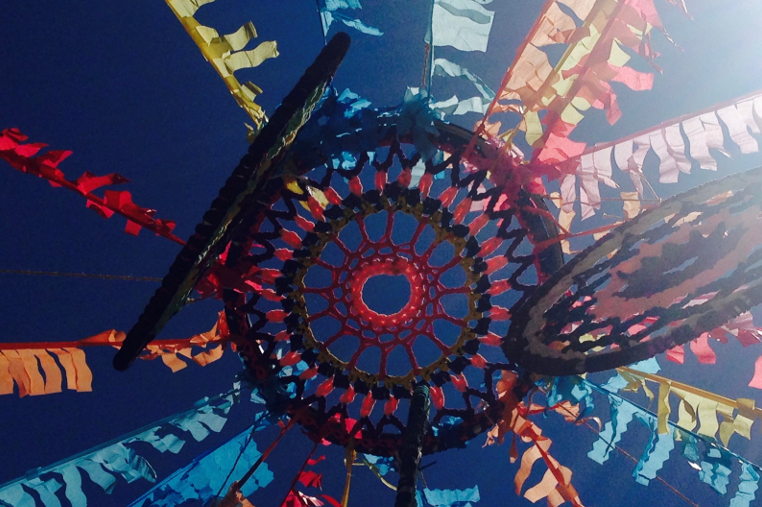“Designing Regenerative Cultures” by Daniel Wahl is an essential guidebook for our time that everyone should read, young and old. Through this book we come to realise deeply that there is a way out of the madness of our current societal systems in which so many people and non-human species have become trapped. I have been with this book for more than a year now, and it has taken me a year to integrate all that is shared here before I could write this review. The information shared here is so rich and vital, and it requires re-reading again and again. I have experienced this book as a community of practice as Daniel Wahl takes us with him into the conversations, narratives, and wonderful initiatives of the “Regeneration Movement”.
Reading this book evoked in me the same experience as when I read many years ago the autobiography of one of the greatest pianist, Arthur Rubinstein, who showed in his book the Zeitgeist of the renaissance period that followed the destruction of two World Wars. We are in the emergence for another renaissance period. This time it will be remembered as the time of the Regeneration Rising, as we are now standing on the graveyard of a more sinister war. This war has developed as a silent invader from within, which has been destroying the essential fabric and vital balancing systems of our ecological interdependencies. This invader cannot be identified as a specific group of people to whom we declare war. This invader is born from the shadows of our own ignorance and greed. This war can, therefore, not be fought with weapons of destruction and intimidation. This war can only be fought by realising fundamentally our interbeingness and unity within the family of life as a whole. The weapons that are needed now are those of the Shambhala Warriors, which are the weapons of Compassion and Insight. It is said that the Shambhala Warriors will rise when the survival of every sentient being is at risk.
This book is a guidebook for the Shambhala Warriors, as it provides us the essential insights why as a species we have become so destructive, and how this destructiveness can be made to stop. As Daniel Wahl explained:
“Design for resilient and regenerative cultures is about facilitating positive emergence, co-creating collaborative networks of relationships that nurture the conditions in which we (life) can meet uncertainty with creativity, adaptive capacity and a readiness to transform in response to change and disruption.”
He also shows how in order to become regenerative as a species we need to widen our circles of compassion to include all sentient beings and the web of life. He further shows us how the Regeneration Zeitgeist, emerges now as the call for life’s regenerative wisdom activates from the ashes of our own destructiveness. Indeed the Shambhala Kingdom rises now as we are entering the darkest hour.
By living into these vital questions offered through this book, we remember deeply how we are nature. As Daniel Wahl mentions:
“Learning to better design as nature is one of the most exciting creative challenges in the transition towards regenerative cultures.”
With this also come the practices for co-creating a “unifying narrative of interbeing”, which is more urgent now than ever before. This book shows us in great depth and detail how we can co-design such a narrative. It also shows through many concrete examples how we can live this unifying narrative as a society together. Such practices require a community and Daniel Wahl brings us into this community as he explored these vital questions with some of the greatest ecological philosophers and regenerative practitioners of our time.
This book reminds us that, “the world-as-we-know-it emerges out of the way we relate to each other and the wider natural process.” The regenerative design principles, practices, and narratives that this book offers so eloquently help us to come to know intimately this possible world where all of us can thrive together. There is reason for active hope when reading this book. We can bring forth a world and future where all of us can thrive and flourish together. After having finished reading this book, we can never say again that we did not know better. We do know better now. Read and share this book, it will powerfully transform what we think we know is possible and bring forth a possible world where all of us can thrive together with the wisdom of our planet.”

Thank your for this review Anneloes! — Daniel





